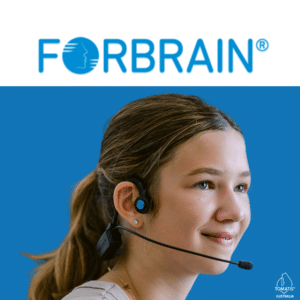Every child grows at their own pace, and parenting comes with a thousand questions about whether your little one is “on track.” But sometimes, those questions become quiet concerns—about your child’s communication, interest in playing with others, or how they respond to their surroundings. Autism Spectrum Disorder (ASD) is one possible reason behind these differences.
Autism isn’t an illness or something that needs to be “fixed.” It’s a different way of experiencing the world. The earlier we recognise signs, the sooner we can offer children the support they need to grow and thrive. This article is here to help parents, caregivers, and early childhood professionals understand what to look for and what steps can be taken to assist young children on the autism spectrum.
Understanding the Early Signs of Autism in Toddlers
ASD can appear in many forms and degrees. Some children show clear signs in infancy, while others may develop typically and then lose skills between 18 and 24 months. Recognising these signs early doesn’t mean making a diagnosis yourself, but being observant can lead to helpful support sooner.
Communication Differences
One of the first things parents often notice is a difference in how their child communicates. This may show up in a variety of ways:
- Delayed speech: Your child might not say single words by 16 months or combine words by age 2.
- Lack of gestures: Waving, pointing, and nodding are common early gestures. If these are missing, it might be a sign of a delay.
- No response to name: You might call your child’s name repeatedly without them looking up, even when there’s no distraction.
- Unusual tone of voice: Some children speak in a flat or sing-song tone, or they might repeat the same phrase again and again without context.
Not all children with speech delays are autistic, and not all autistic children have speech delays. It’s the combination of patterns that matters.
Social Interaction Challenges
Children naturally look to others for comfort and connection, but a child on the autism spectrum may seem to be in their world.
- They may avoid eye contact or appear uninterested in playing simple social games like peek-a-boo.
- When you smile at them, they might not smile back.
- Instead of bringing you a toy or showing you something exciting, they might play alone without sharing their joy.
These behaviours don’t come from defiance or rudeness—they’re simply signs that your child may experience social connection differently.
Repetitive Behaviours and Focused Interests
Autistic children often find comfort in repetition. You may notice:
- Repeating the same actions over and over, like spinning wheels, lining up toys, or flapping their hands.
- Fixation on specific topics or objects, like playing with one particular toy for long periods or insisting on watching the same video repeatedly.
- Resistance to changes in routine, such as becoming upset if dinner isn’t served in the same dish or a route to daycare is altered.
These patterns aren’t about being stubborn. They often help a child feel safe and in control in a world that can feel overwhelming.




